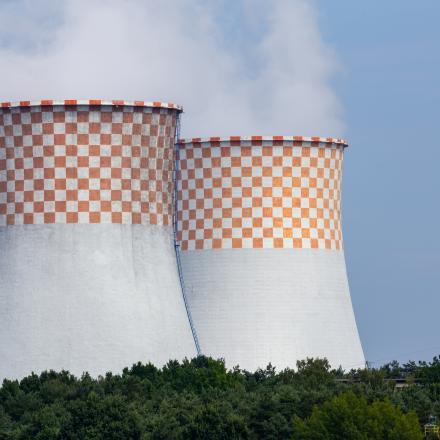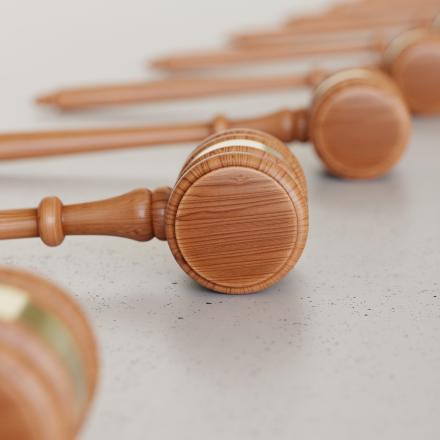Our inclusive event program gives people from all parts of society the chance to engage with the latest thinking in sustainability. From industry seminars and academic conferences to public panel discussions and debates, our events are designed to empower and inspire positive change.
Subscribe to our bi-monthly newsletter The Wrap that showcases the breadth of ISF's work. Featuring our latest project news, upcoming events and just-released publications, The Wrap is the best way to keep up with our research in action.



















